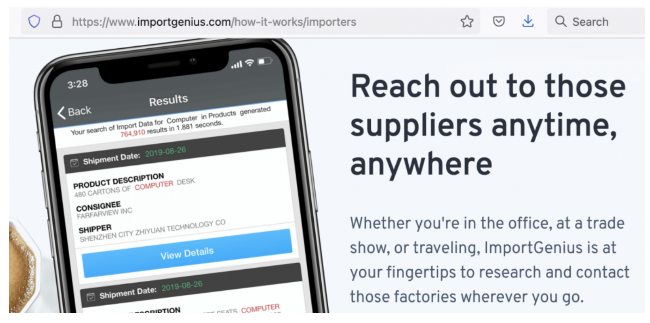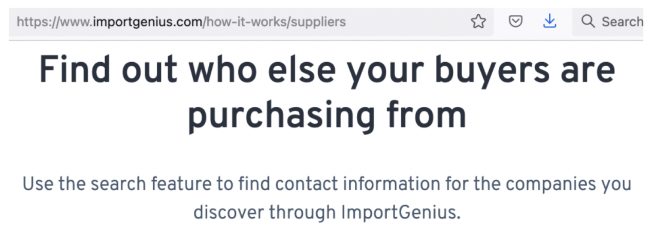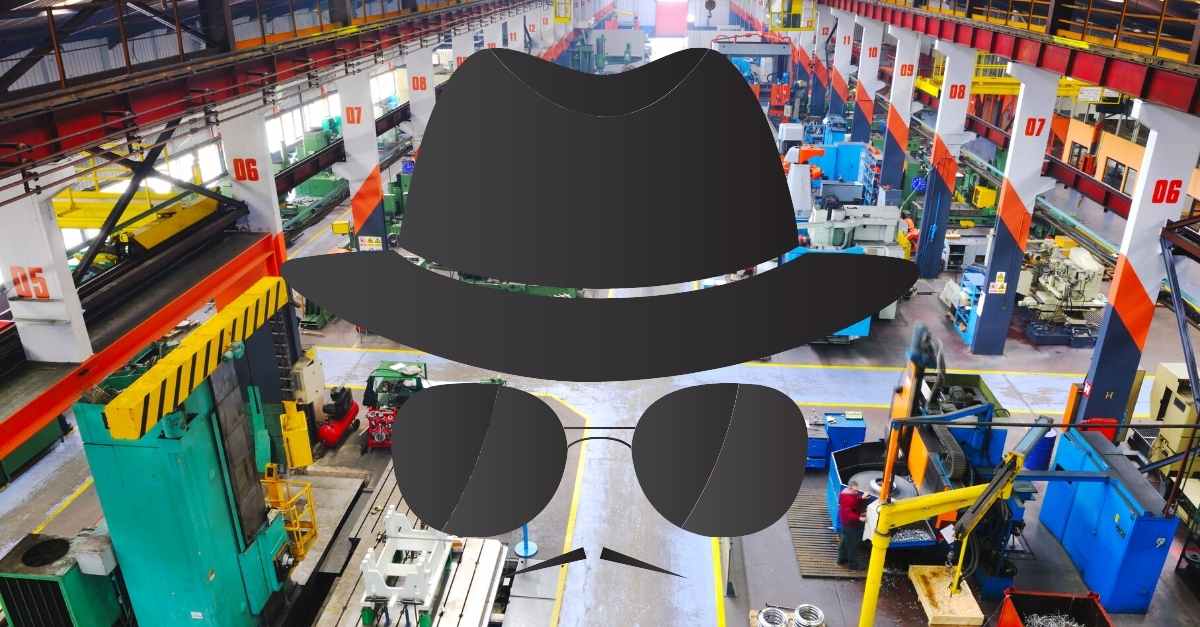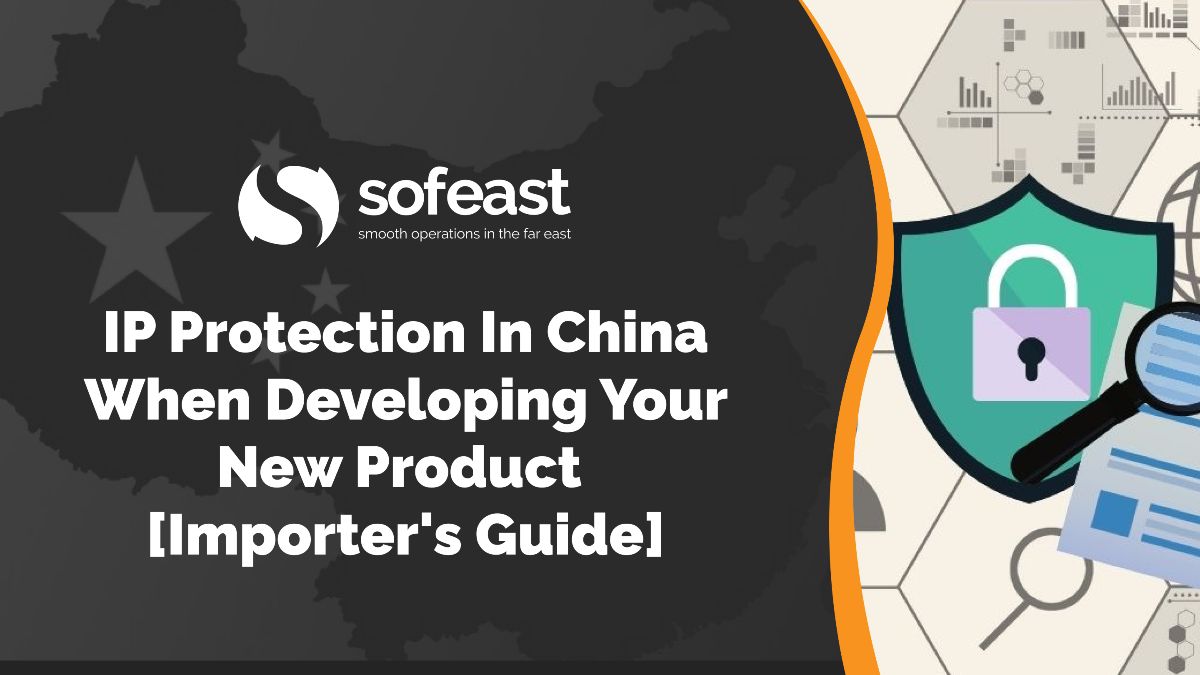Last week I wrote How To Push a Chinese or Vietnamese Supplier for Supply Chain Transparency. And, of course, pushing suppliers for transparency is hard:
In the vast majority of cases, Chinese suppliers (and, to a lesser extent, those in Vietnam, too) do NOT want to disclose that supply chain information, mainly for 2 reasons:
-
If the buyer can see the cost of the full bill of material, it becomes much easier to challenge the final price.
-
In many cases, the final assembly factory can be replaced relatively easily, as long as the whole supply chain behind it still functions.
Now, is this only true for those suppliers?
No, of course not.
Importers, also, want to avoid transparency when they face their own customers.
I guess there is a general rule. If you sell products under your own brand and they are manufactured outside of your company, you don’t want anybody to know where they are manufactured.
That’s true for companies that import products from China and other Asian countries, whether they just slap their logo on an off-the-shelf product (anybody can do that), or they have worked very hard to design the product (and who knows, maybe another company might make a deal with the factory owner and buy the same product ‘via the back door’).
I guess buyers have asked me “how do I keep my suppliers a secret?” more often than “how do I force my suppliers to open up their supply chain information?”
Is the identity of your suppliers public?
Certain countries make their shipping records publicly available: the US, Russia, Mexico, Argentina, Chile, India, and others.
What is available? The names of the shipper and the consignee, the type of product, the shipment date, and a few other fields.
If you want to know who supplies a certain company in a certain product category, it may just be a search away.
And, of course, a number of companies are gathering these data and proposing their service to find suppliers.

Oh, and your suppliers may see how much you buy from other suppliers, and who those other suppliers are.

This is actually pretty frightening. Maybe factory A finds that you buy from factory B, who they met at a trade show (or they can contact with through a well-connected third party). Maybe they talk and they both agree to raise their price by 10% this year, and another 10% next year.
How to keep your Asian factories’ identities hidden?
I wrote about this before in How to hide your supplier name from Import Genius and these were my recommendations, specifically for companies that import goods into the USA:
- Avoid mentioning your company name on the bill of lading (your customs broker can help you with this)
- Set up a company in Hong Kong and re-issue the bill of lading — this used to be pretty common when there were many HK traders, but it has gotten less common. And opening a bank account for a new company there is now much harder. I wrote more about this in How to hide the supplier’s identity with a Hong Kong company (Q&A).
- Use another company to perform your importing activity — you can simply create a sister company or a subsidiary with an unrelated name, to be the consignee.
- Request that the US Customs and Borders Protection administration avoid making some information public — I guess that’s still possible, but I am not 100% sure.
Now, there are other ways your suppliers might get known. Public trade information is not the only one:
- One of your suppliers might mention your company as a reference customer, especially if you are a famous company. Your contracts might require “no use of name”, and you might want to double-check they respect this request by ‘testing’ them from time to time.
- Your own customers might require you to make your supply chain transparent to them. This all comes down to negotiation and non-circumvention agreements.
- Your customers may require to see your products’ technical folders (related to compliance), which of course should mention where the product is manufactured among many other things. Same as the above point…
******
What else could lead to a leakage of your manufacturers’ identity? And how to prevent it? Please leave a comment if you see another scenario. Thanks!
Disclaimer
We are not lawyers. What we wrote above is based only on our understanding of legal requirements. QualityInspection.org does not present this information as a basis for you to make decisions, and we do not accept any liability if you do so.
Wondering where to start with IP protection in China?
When developing and manufacturing your new product in China protecting your product’s IP is a very valid concern. We’ve all heard about the various copycats there who can grab your IP, copy it, and beat you to market ~ that’s a nightmare for most businesses and entrepreneurs who’ve invested a lot of time, effort, and money into making their new product a reality!
So, to help you take control over your IP, we created this free guide over on Sofeast.com that guides you through how to protect IP, pitfalls to be wary of, and common activities and legal tools you need to utilize in order to reduce the risks of China IP theft.


